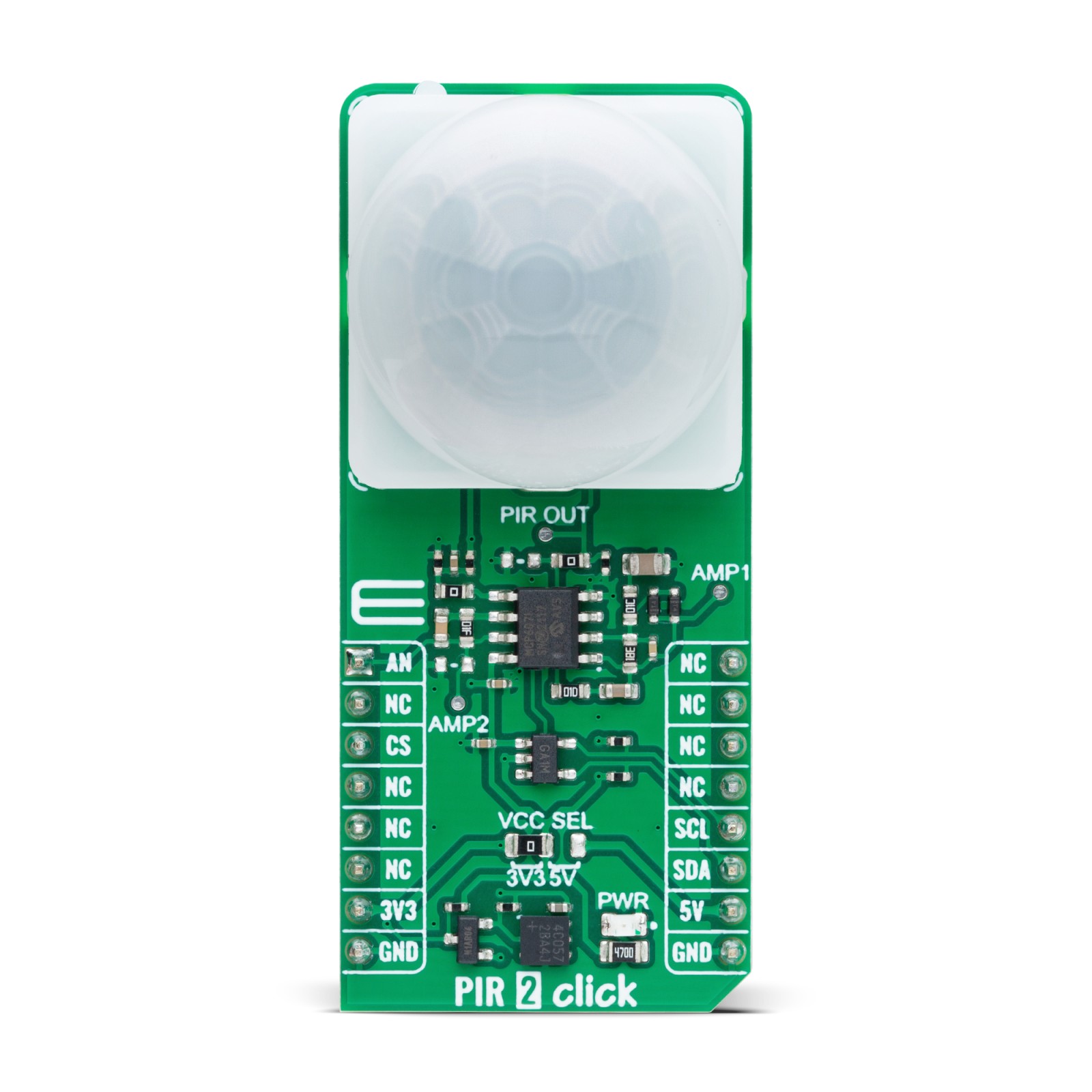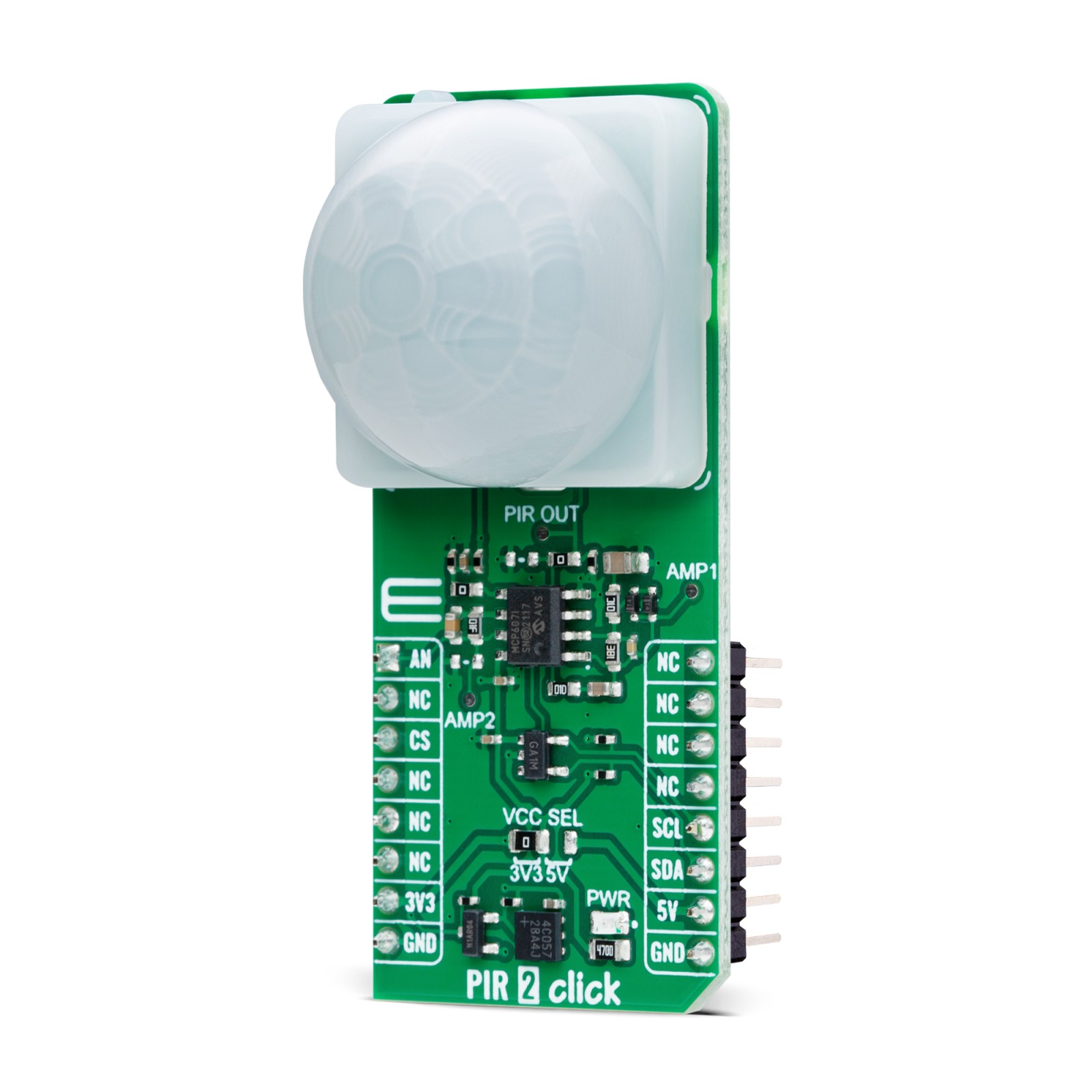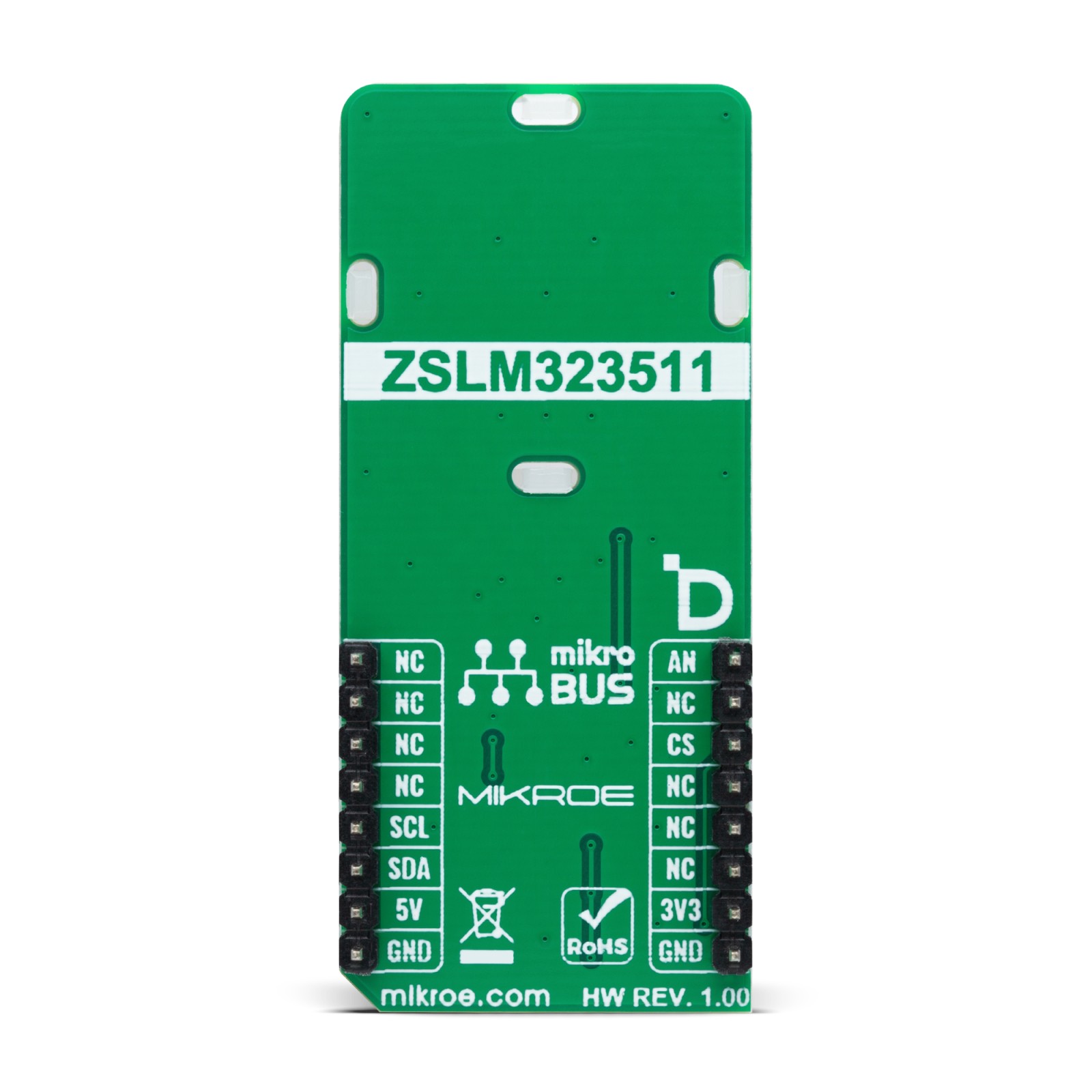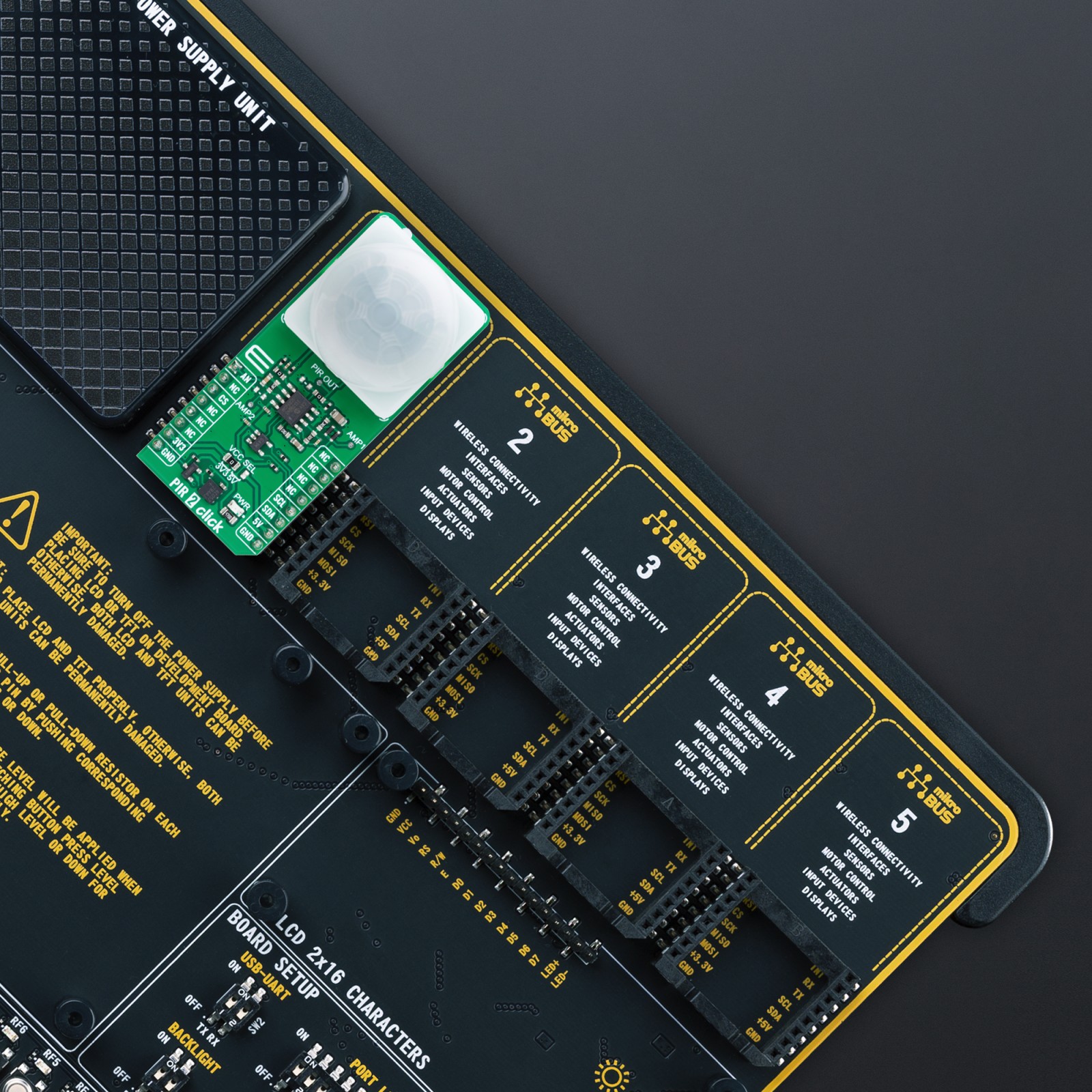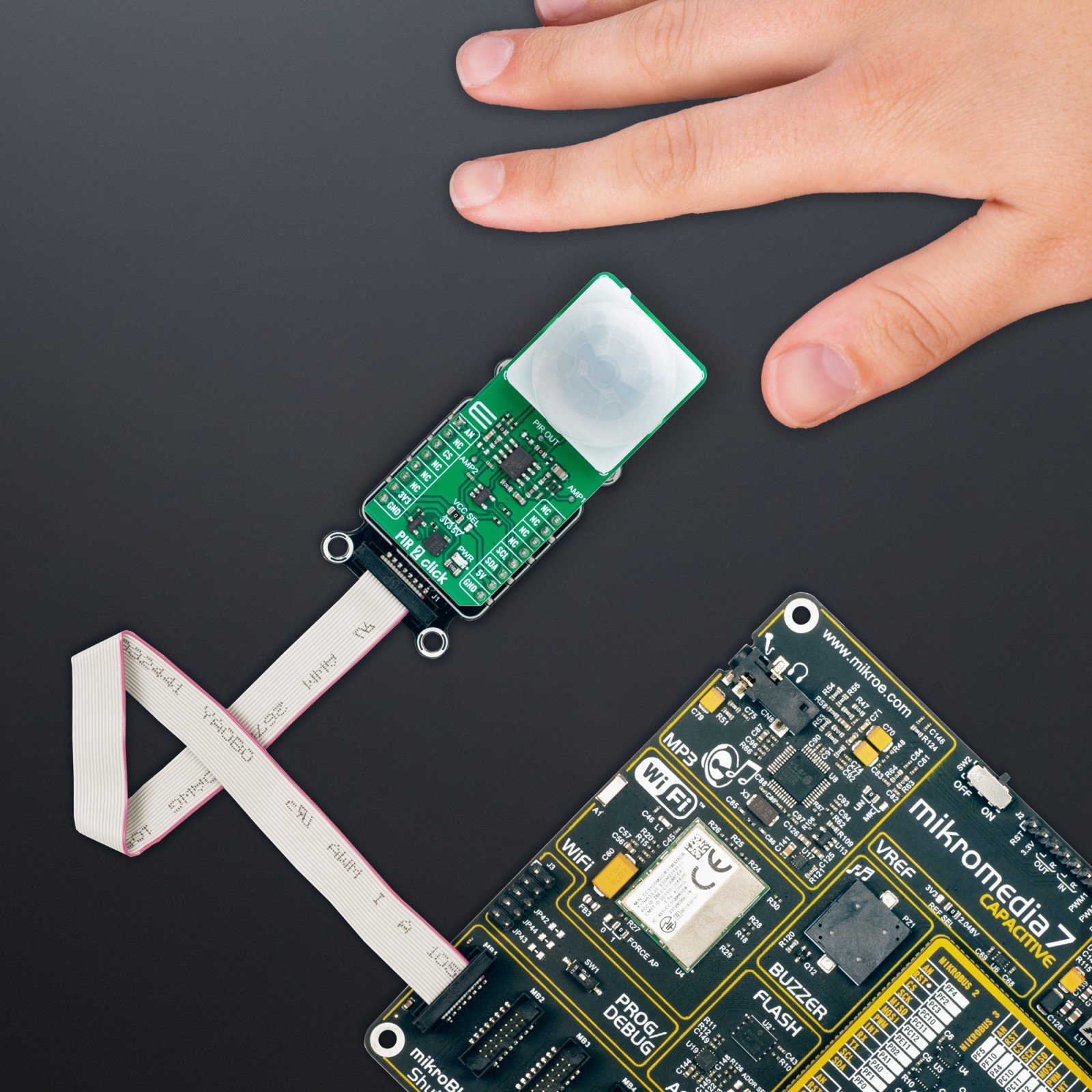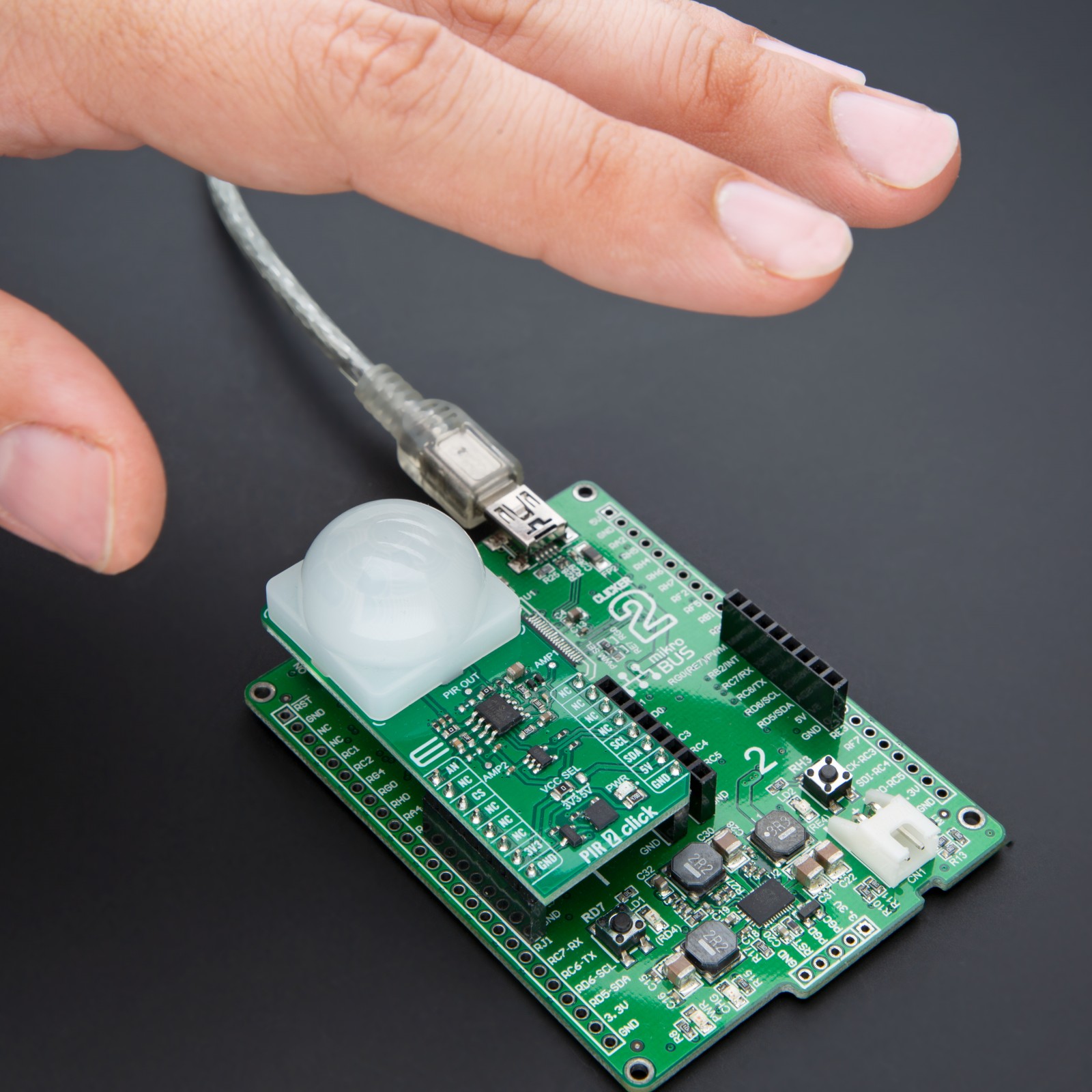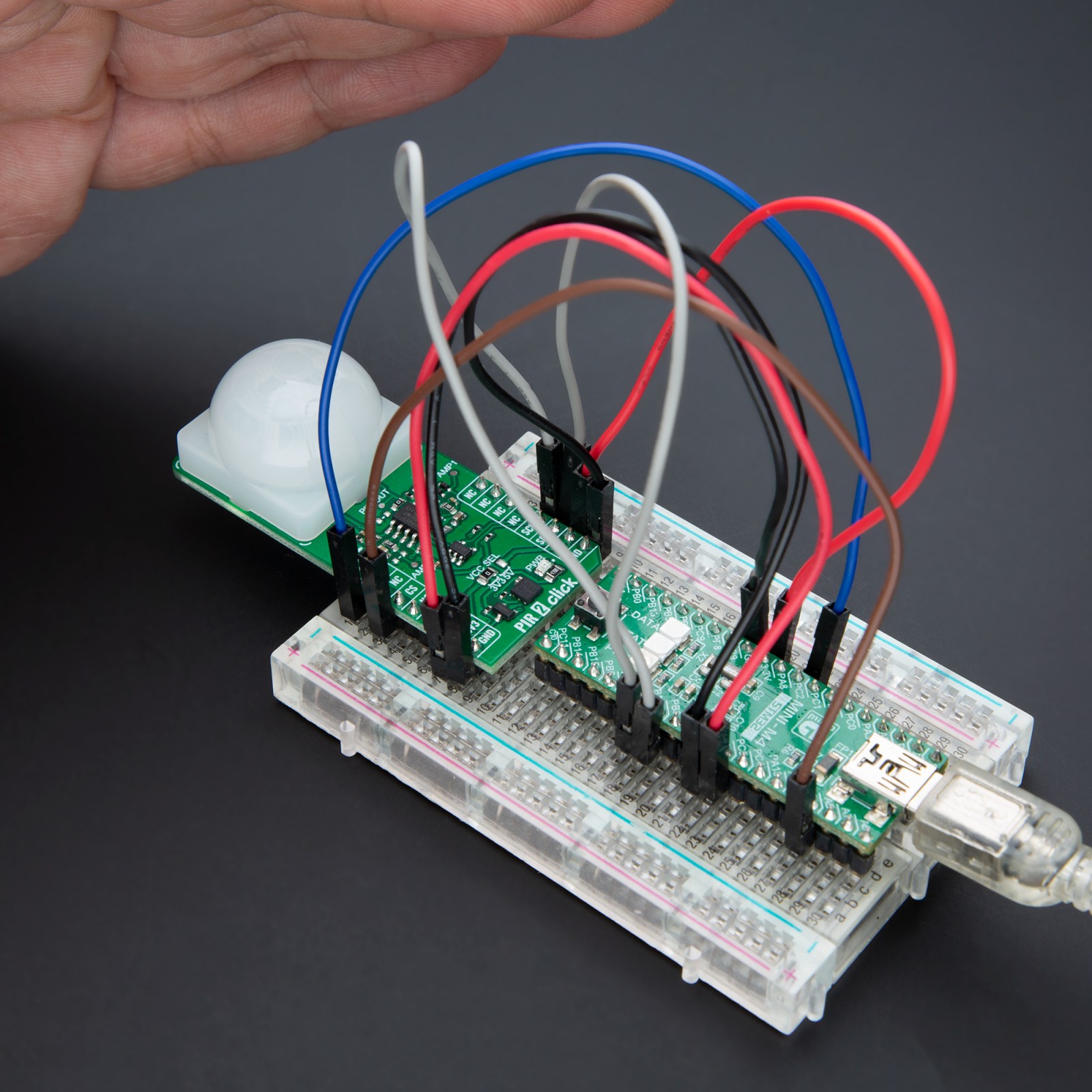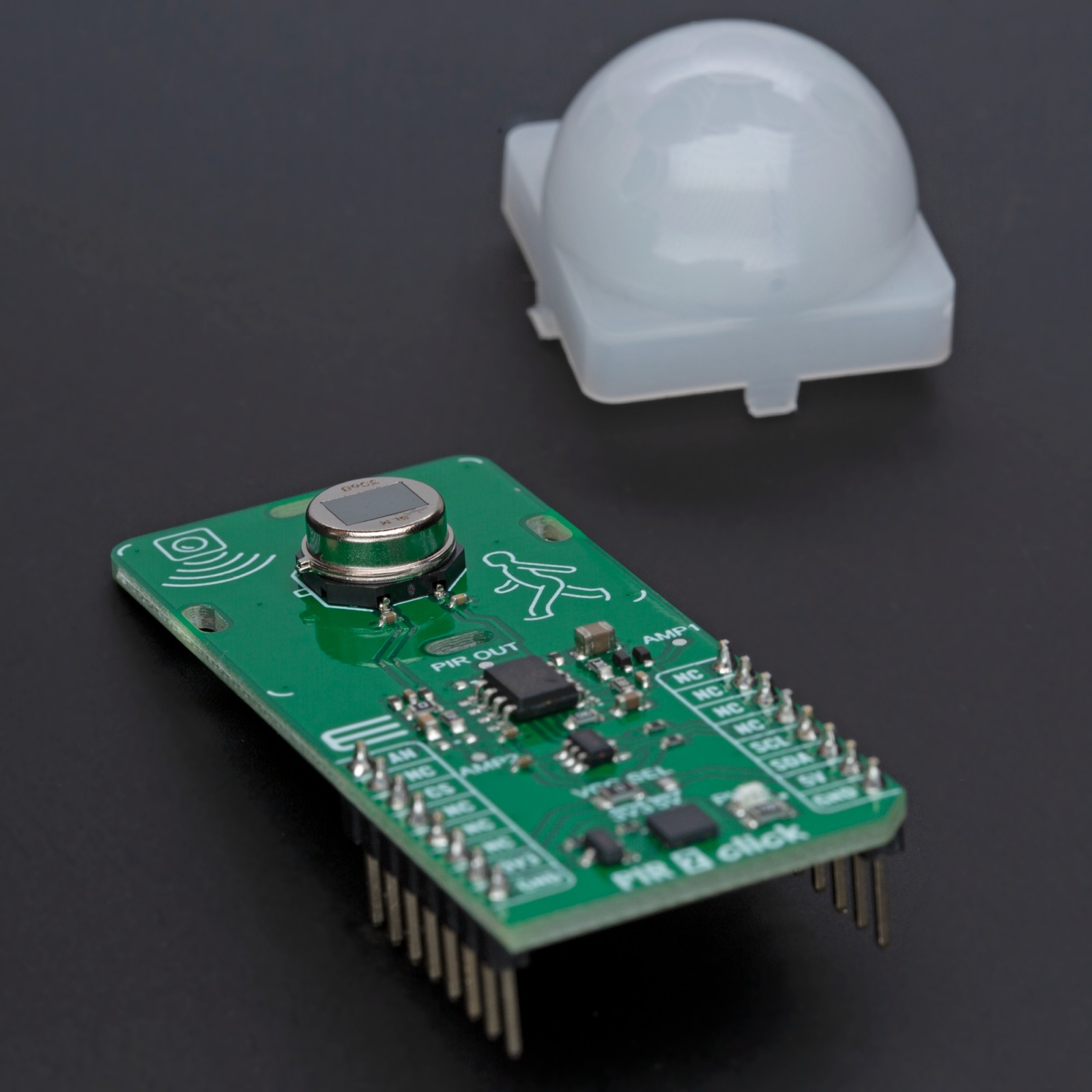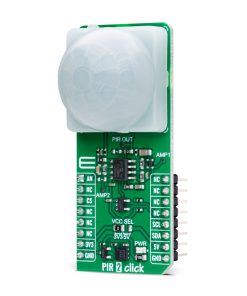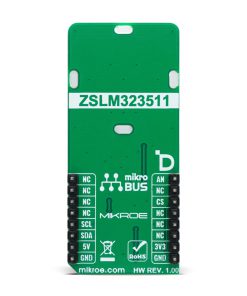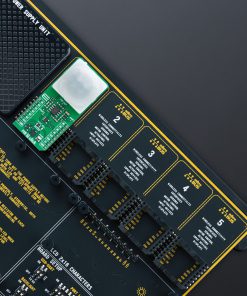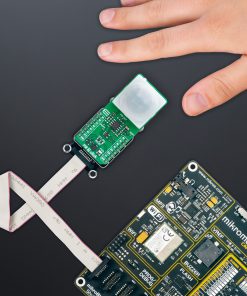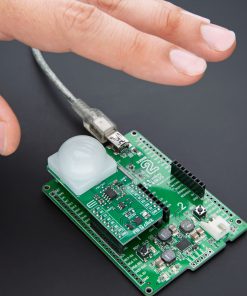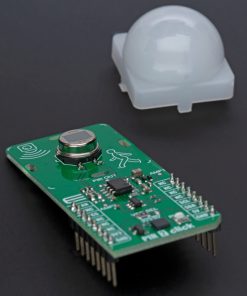-
×
 4-20mA T Click
1 × R400.00
4-20mA T Click
1 × R400.00 -
×
 BUZZ Click
1 × R115.00
BUZZ Click
1 × R115.00 -
×
 MPU 9DOF Click
1 × R540.00
MPU 9DOF Click
1 × R540.00 -
×
 Accel Click
1 × R350.00
Accel Click
1 × R350.00 -
×
 tRF Click
1 × R1,050.00
tRF Click
1 × R1,050.00 -
×
 GSM2 Click
1 × R955.00
GSM2 Click
1 × R955.00 -
×
 GSM Click
1 × R1,050.00
GSM Click
1 × R1,050.00 -
×
 RN4678 Click
1 × R850.00
RN4678 Click
1 × R850.00
Subtotal: R5,310.00

